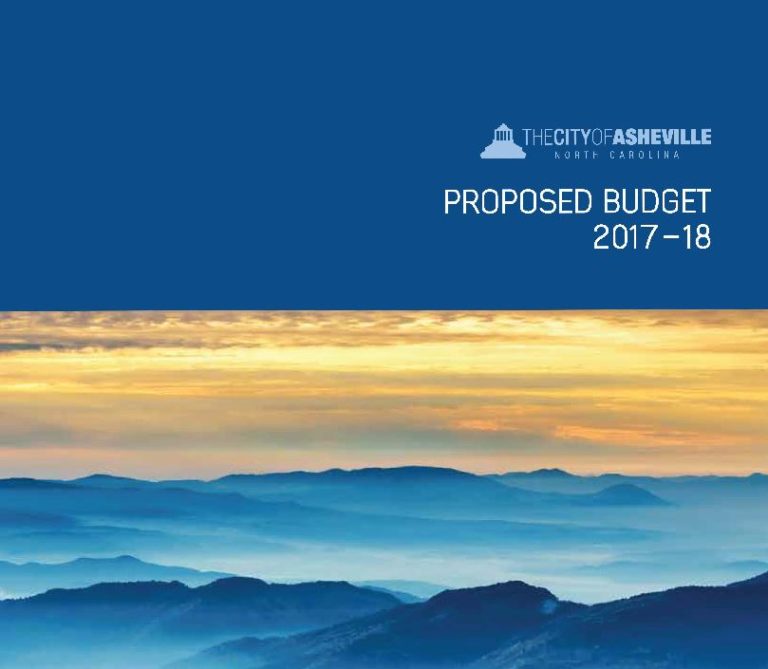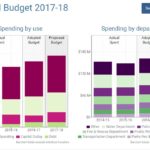Municipal budgets can be tricky to follow. There are different types of costs — personnel, operations and capital. And there are many different types of revenues that help pay for those costs — property taxes, sales taxes, grants and fees to name a few. To make government budgets even harder to decipher, programs and departments are often grouped into different accounting units called funds.
It can get complicated.
That’s why the City of Asheville IT and Finance departments have been hard at work creating some online tools to help make this year’s proposed budget more accessible for everyone. They are available on the City’s online budget dashboard and they break down the budget into:
- spending by use;
- spending by department; and
- where the money comes from and where it goes.
Clicking on the dashboard’s “details” tab allows you to dive deeper with both a visual tree map and a downloadable spreadsheet of revenues and expenses.
Highlights from the budget are available on each department’s page in the full Proposed Budget Document, available here. The table of contents is hyperlinked to the corresponding sections to make the 187-page document a bit easier to navigate. Just click on the name of the section you want to see, and it will bring you right to that page.
“This dashboard makes this large document more accessible to the public,” said Dawa Hitch, the City’s Director of Communication and Public Engagement. “It allows for a clearer picture of the Proposed Budget prior to adoption at the June 13 City Council meeting.”
A public hearing will be held on the 2017-18 Proposed Budget at the May 23 City Council meeting, 5 p.m. in Council Chambers, second floor of City Hall.
You can find more information on the budget process, the Proposed Budget Document, and the budget adoption schedule here.
Click here to view the dashboard.
Click here to view the Proposed Budget.

